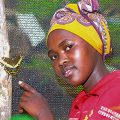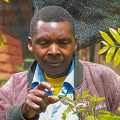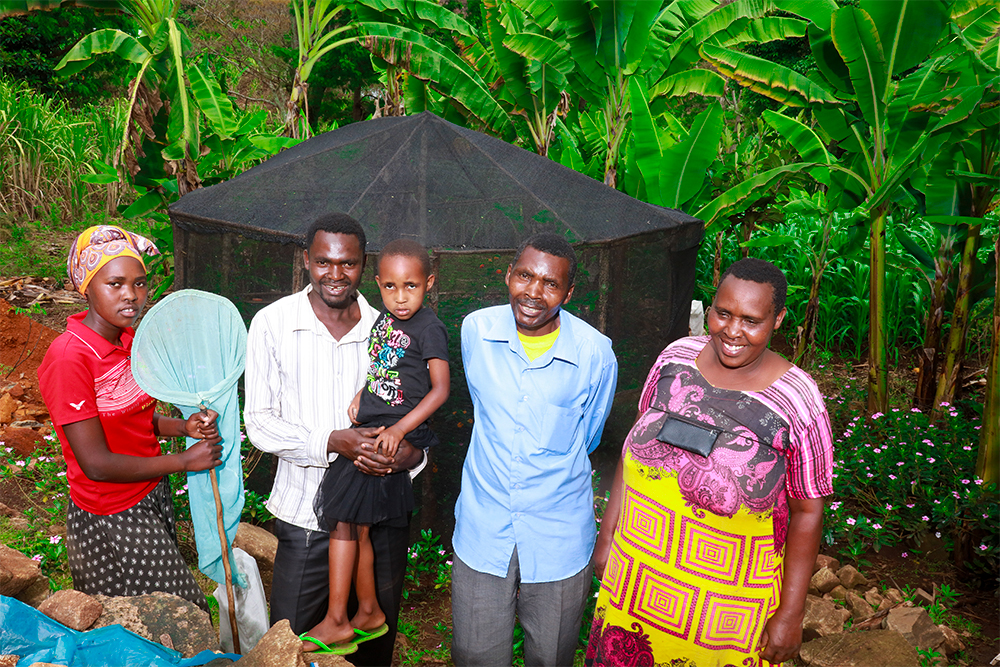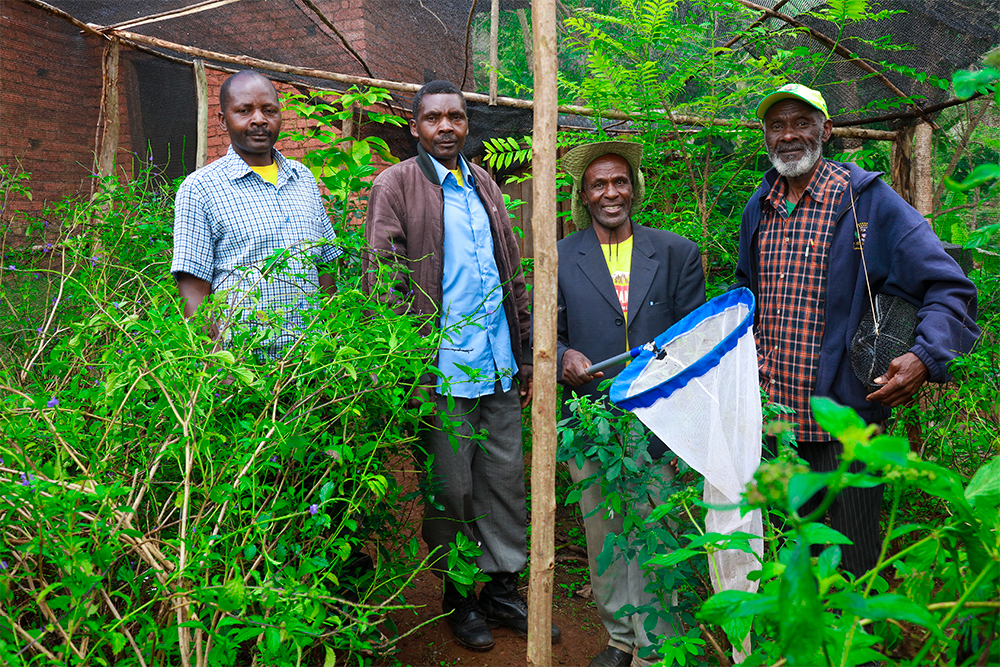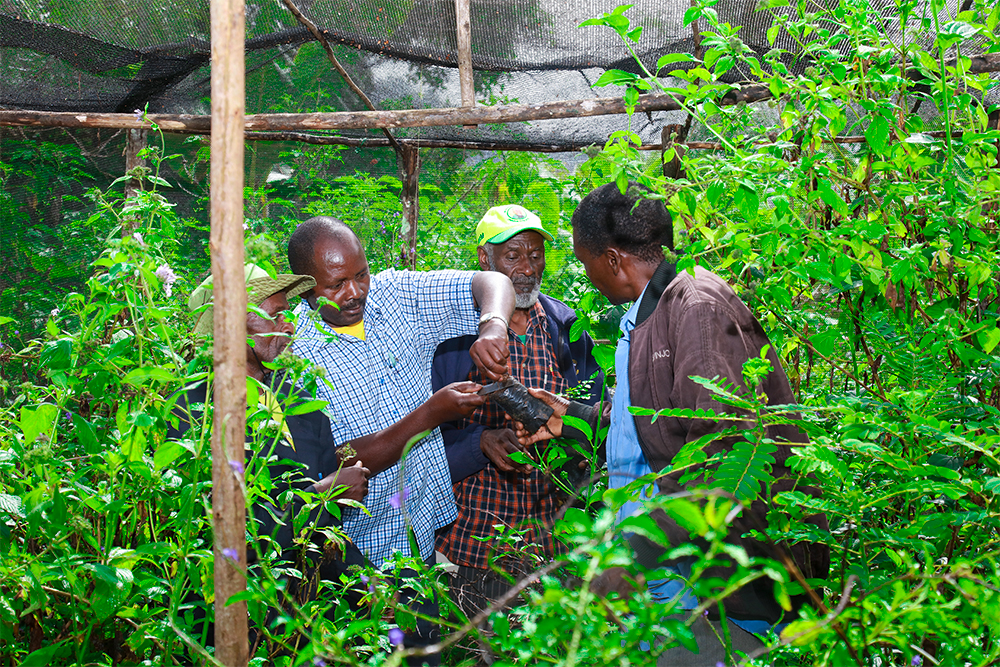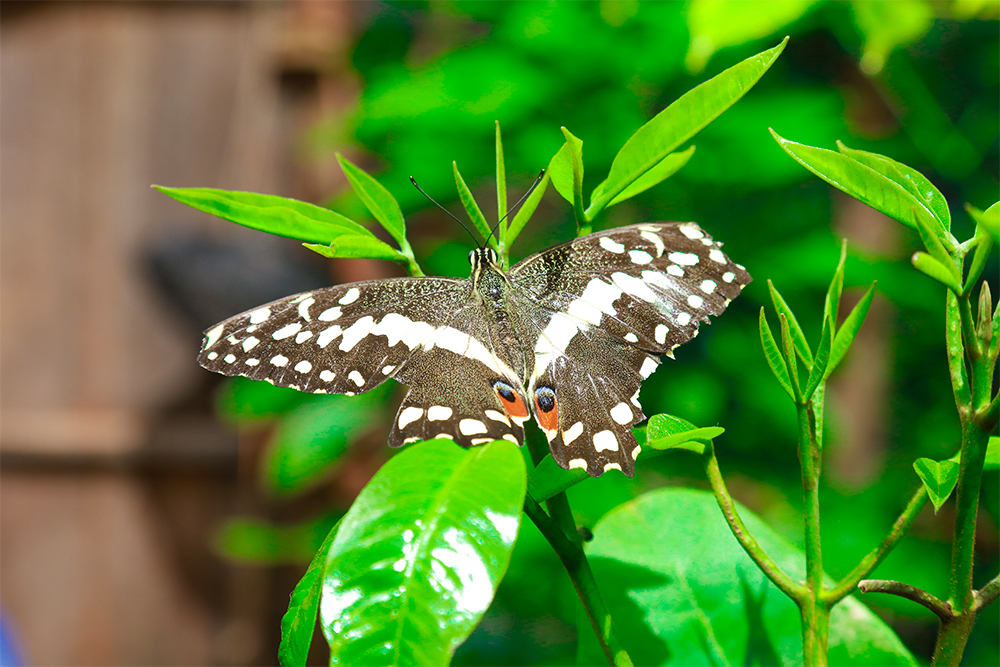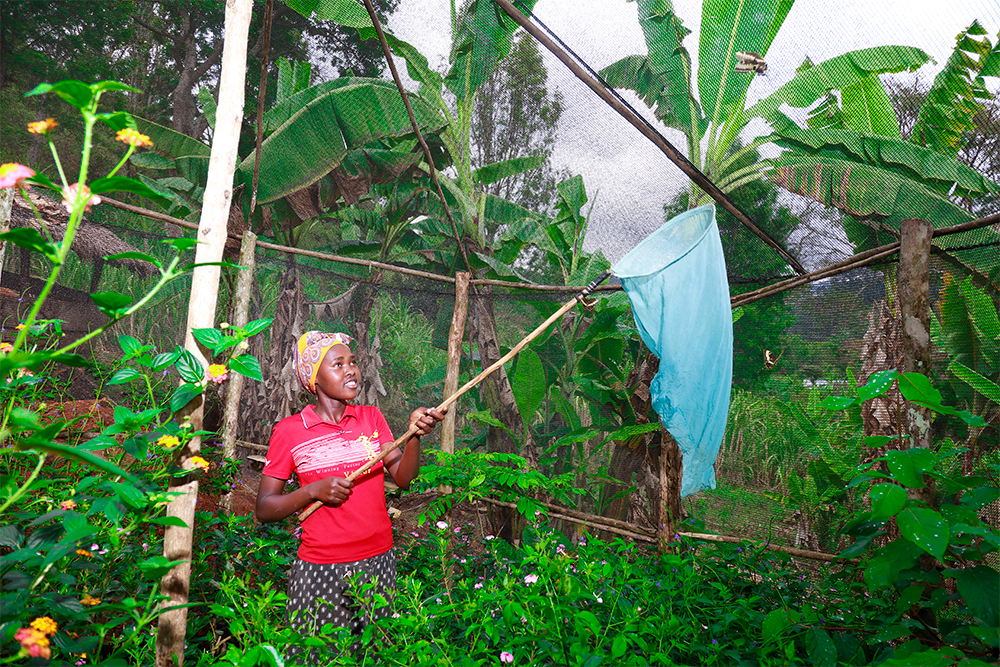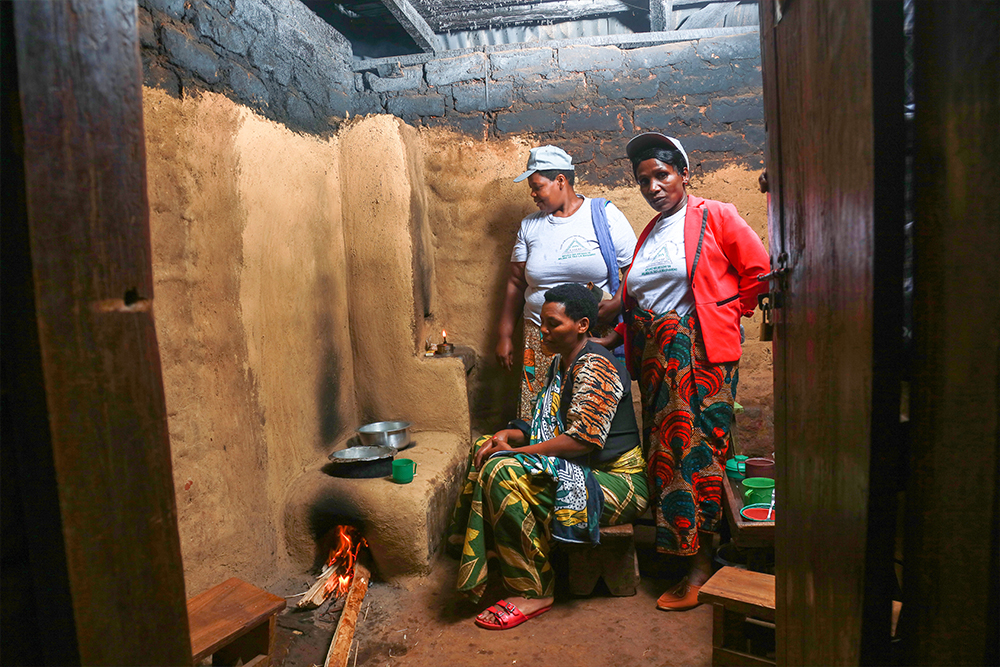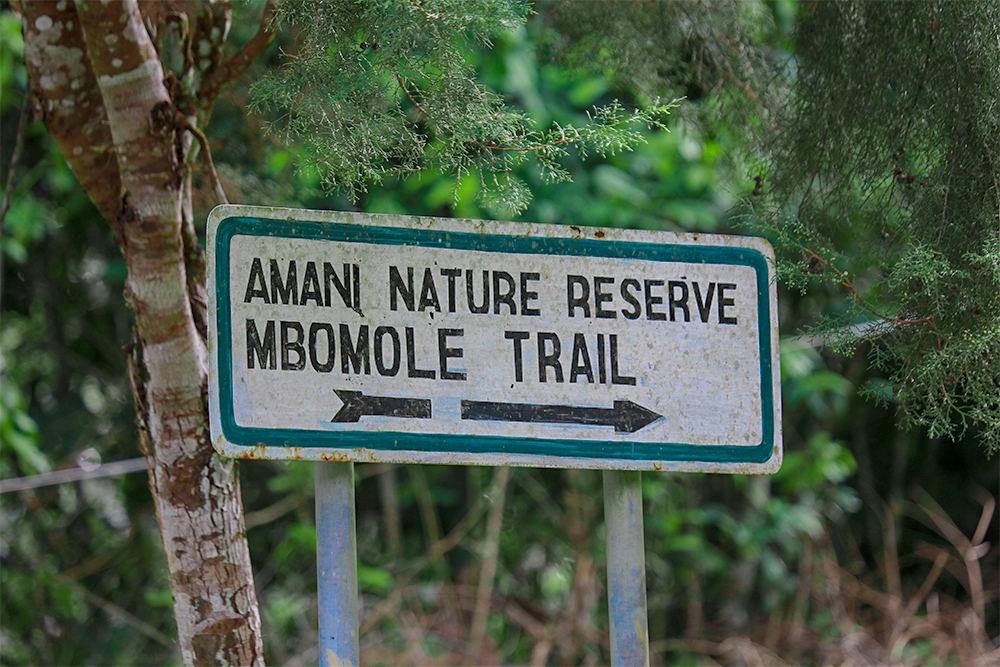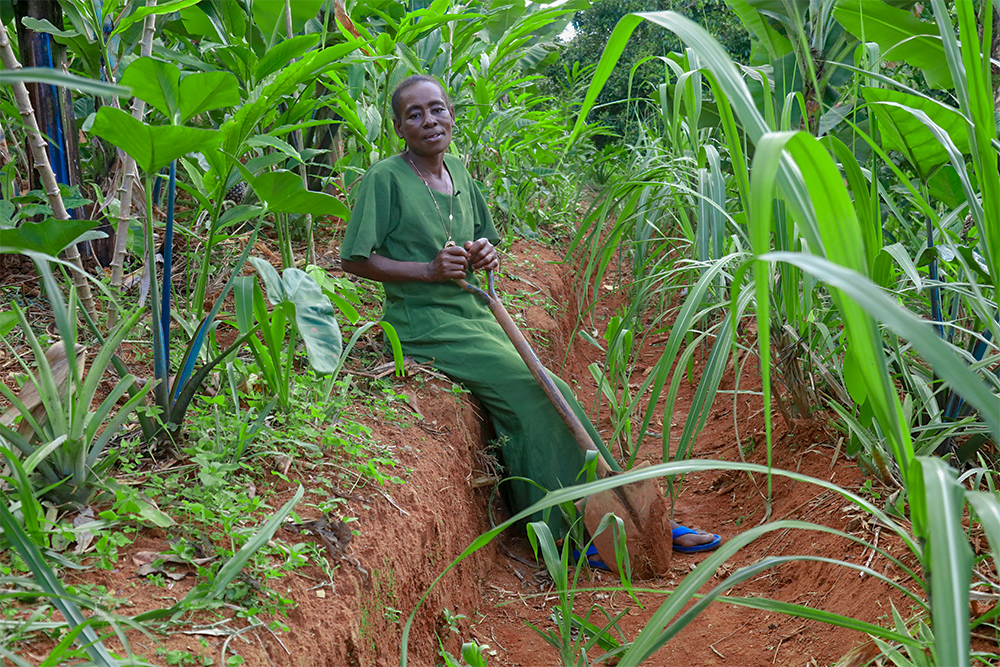One of the tricky questions in addressing drivers of forest degradation in Tanzania is how…
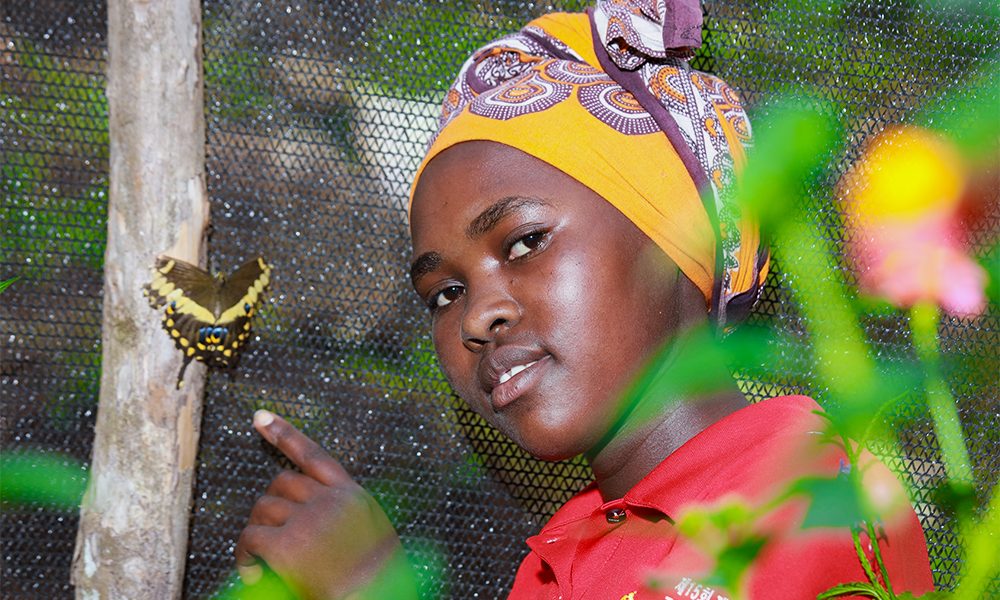
“When butterfly keeping project was first introduced in our village most people were laughing and considered it as a weird undertaking….it is very embarrassing for a grown-up man/woman to walk around catching butterfly” said Msese E. Elifuraha of Bwambo Village in Same District. Mr. Elifuraha and his colleagues constituting the Butterfly Farming Group are so happy to have proved that the project is a softer andeconomical way of making alternative income – no hustles!
EAMCEF introduced butterfly farming to help communities adopt an alternative means of making income as a strategy to reduce heavy-dependence on forests – the Chome Forest Nature Reserve. Members of the Butterfly Farming Group were trained and visited one of the butterfly keeping sites in Amani Nature Reserve for further learning. Back from the training, the group started planting food plants [flowering plants] that would attract and provide food to butterflies.
What do farmers do with butterflies?
In this project, farmers catch female butterflies and place them in a breeding cage containing food plants (flowering plants). The butterfly lays her eggs on the food plant and the farmers carefully harvest the eggs and place them on a clean container. In 14 days the eggs hatch into a larva – called caterpillars (the most active feeding stage). The farmers transfer the caterpillars to their particular food plant and cover the branches to avoid any loss. In another 14 days the larvae attach themselves on leaves or branches and shed off their skin (pupate) to form pupas (singular pupae). It is this pupa that the farmers harvest for sale oversees through a middle man/company based in Amani Nature Reserve. When the pupa reaches oversees they are used for zoos and live exhibitions as ornamentals.
In 2017 butterfly farmers managed to sell up to 865 pupa which earned them TZS. 1,186,530 – this translates to an average price per pupae of TZS. 1,371.7
“ People were laughing at me when they saw me walking around with a small net, catching butterfly, they thought I am out of my mind!”
– Emmanuel E. Singo

